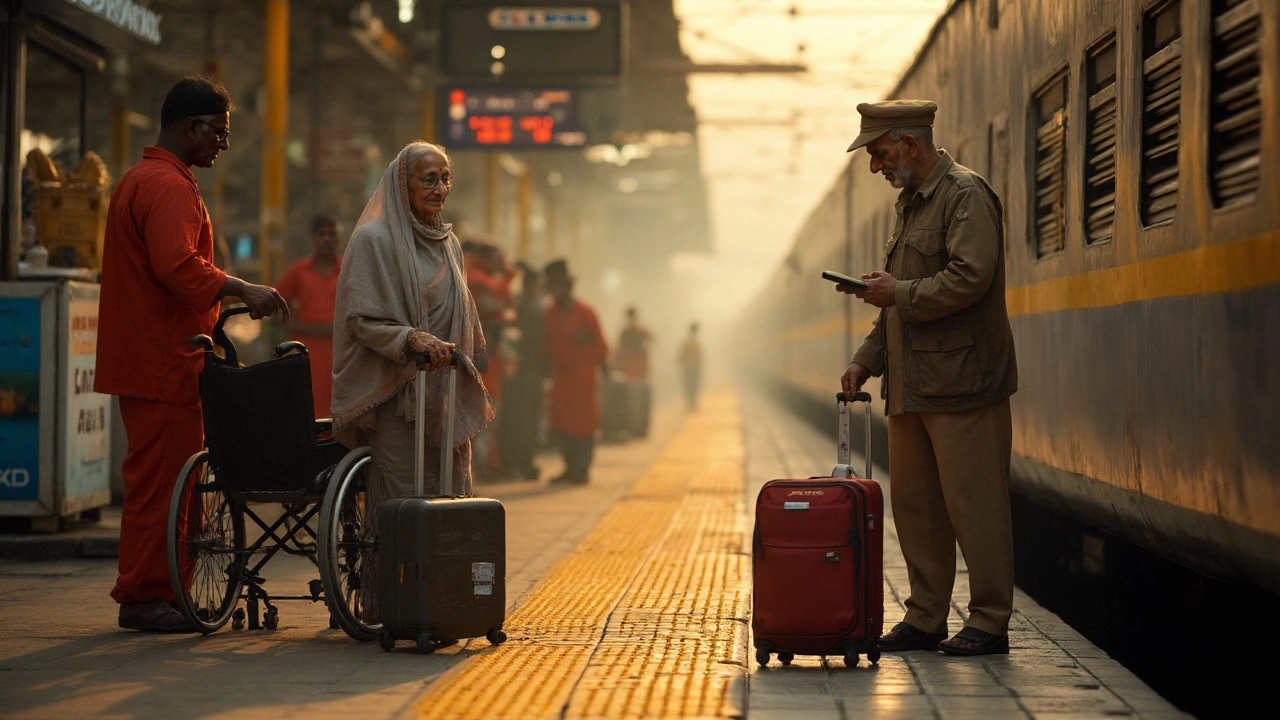
Wondering if trains suit seniors? Get a clear yes/no, safety and comfort tips, step-by-step planning, discounts by region, and a practical checklist for 2025 trips.
When deciding between rail vs flying, the debate over speed, cost, comfort, and impact, also known as train vs plane, it helps to break down the core factors that matter to travelers. Train travel, moving on rail networks using scheduled services offers scenic routes and often lower emissions, while Air travel, flying on commercial airlines over set distances promises speed over long distances. Understanding how these two modes intersect with cost, time, and environmental impact lets you pick the option that fits your budget, schedule, and values.
First, travel time is the obvious metric. A flight from Delhi to Mumbai takes about two hours in the air, but you must add airport check‑in, security, and commute to and from the terminals. In contrast, a high‑speed train on the same corridor may take around six hours, yet you board at the city center and step out directly into the heart of the destination. That creates the semantic triple: Rail vs Flying influences total travel time. Second, cost varies widely by season, class, and booking window. Budget airlines can undercut premium train tickets, but hidden fees for luggage and seat selection often narrow the gap. Meanwhile, train tickets may include meals and Wi‑Fi, turning the comparison into: Rail vs Flying affects overall travel cost.
Third, comfort and experience differ. Trains provide the ability to walk around, stretch, and even book a private cabin on luxury services. Airplanes restrict movement and can feel cramped, especially on short‑haul routes. This leads to the triple: Rail vs Flying determines passenger comfort level. Fourth, the environmental footprint matters more to many travelers today. On a per‑passenger basis, trains emit roughly 10‑30% of the CO₂ that comparable flights produce, establishing the relationship: Air travel generates higher carbon emissions than train travel. Finally, reliability and flexibility play a role. Trains often run on fixed schedules with fewer delays due to weather, while flights can be canceled en masse during storms. Knowing these angles helps you weigh which factor tops your priority list.
When you line up these five pillars – time, cost, comfort, carbon impact, and reliability – the decision becomes a personal matrix rather than a one‑size‑fits‑all answer. For short distances under 300 km, trains usually win on price and convenience. For cross‑country hops where time is critical, flying may be the only practical option. If you value scenery, lower emissions, or a relaxed workspace, rail often edges ahead. In the upcoming list of articles, you’ll find deep dives into luxury sleeper trains in the US, cost guides for India, safety tips for air and rail journeys, and even specific comparisons like the Orient Express dress code versus modern airline attire. These pieces illustrate how the broader debate plays out in real‑world scenarios, giving you actionable insights for your next trip.
Ready to see the details? Below you’ll discover a curated collection of guides that break down each aspect of rail vs flying, from budgeting and scheduling to comfort hacks and eco‑friendly choices. Dive in and pick the travel mode that matches your style and schedule.

Wondering if trains suit seniors? Get a clear yes/no, safety and comfort tips, step-by-step planning, discounts by region, and a practical checklist for 2025 trips.